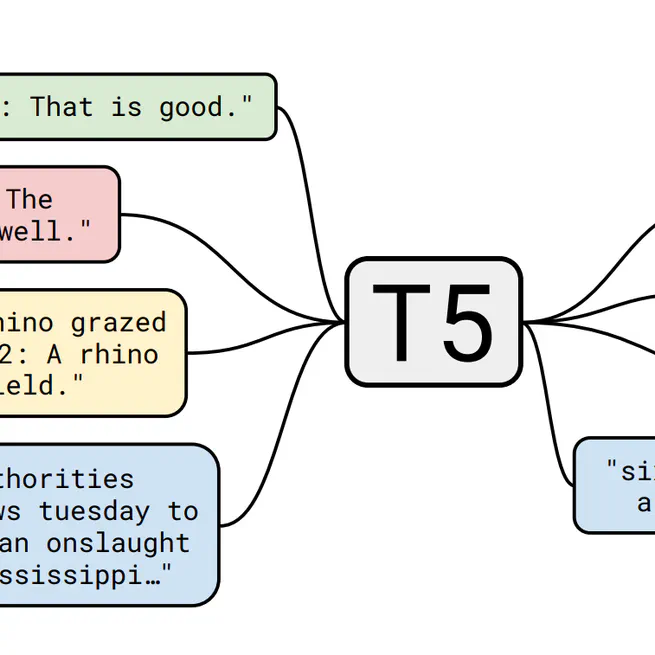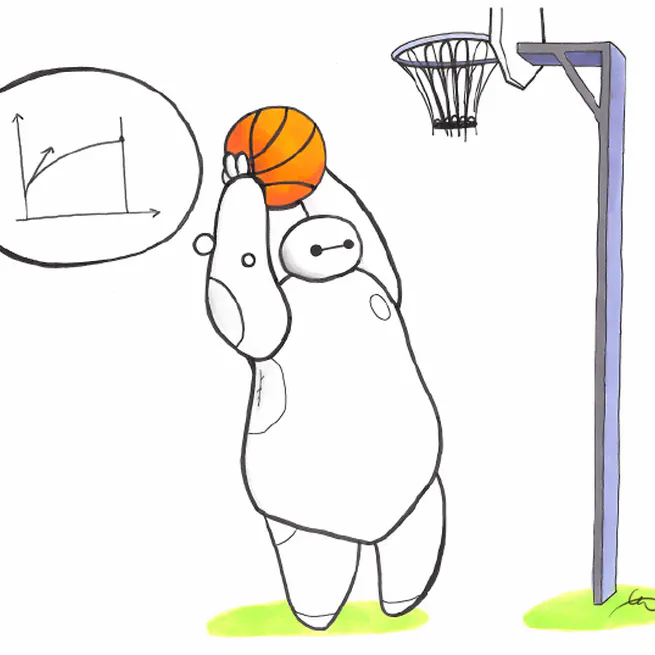
In December 2022 SAP held a machine learning competition called “I quit!” attended by 50 participants to showcase the machine learning capabilities of SAP HANA Cloud. The idea is to predict from a database of employees who is the most probable to be leaving his or her job in the short term, based on historical information of employees which have quit recently.
Jan 1, 2023

In my last blog post I have shown how to download the Stable Diffusion model weights and set up an image generation workflow yourself using the Stable Diffusion model as provided by the Huggingface Transformers library. Although these text-to-image generation results can be pretty awesome, you can get similar results by interfacing with the DALL-E 2 playground which is publicly accessible without being on a wait list nowadays.
Nov 7, 2022

The AI field is advancing in an incredible pace and 2022 has been shaken up by a few major announcements of algorithms able to generate fantastic images just by providing a text prompt. Some incredible work has been done by the OpenAI team which introduced DALL-E 2 to the public in March 2022, but also by Google Research who introduced Imagen a few months later.
Sep 27, 2022

Master data maintenance is a time-consuming activity for many businesses. Companies like retailers selling large amounts of different articles or manufacturing companies processing raw materials into finished goods can easily collect databases containing hundreds of thousands of master data items, which in turn may possess many hundreds of attributes. This blog post proposes a way of populating these attributes by applying a transformer-based Large Language Model.
Jun 28, 2022

In my previous blog post on reinforcement learning I demonstrated a way to get a gentle introduction into this field by using Keras-RL2. While writing that I found it quite difficult to get an overview of the many reinforcement learning frameworks available today which all have different levels of maturity.
Jun 7, 2022

The last few weeks I have been experimenting with deep neural networks for Reinforcement Learning. Reinforcement Learning is a way to learn to apply a sequence of events and has its root in control problems. Recent years it has been combined with deep neural networks to train a neural network on the game state and determine the next best action to take in video games. This post describes a way to quickly get started yourself with applying reinforcement learning to have an AI play simple Atari games.
Mar 9, 2022
I recently had written a Python program to perform some performance calculations over the results from a regression model. The program was not too complex but the sheer number of calculations to be performed made it quite slow and resulted in a runtime of several hours. In my search for a way to utilize the multiple cores of the machine the program was running on I came across the Ray package from https://www.ray.io/ which makes it very easy to distribute a single-core process onto multiple cores.
Dec 26, 2021
Recently I dusted off some prior work on analyzing NYC yellow cab rides which I described in the following blog post: Timelapse data exploration of NYC Taxi rides A large chunk of time in setting up the solution from that post sits in loading the data into HANA using the Eclipse “Data from local file” import screen. Although it works fine from a functional perspective the performance lags behind quite a bit, I even remember it being available in the very first versions of HANA Studio 10 years ago. I am not sure if this has received any attention since then.
Nov 25, 2021
Back in 2014 the city of New York put online a dataset with yellow cab rides comprising a full year of data. Back then I remember struggling quite a bit with managing the sheer volume of the dataset involved, trying out various alternatives for reading in the full dataset. After a few years SAP introduced an “Express edition” of their HANA in-memory database which allowed you to run a 32 GB database just from your own hardware. That was enough to load a full years’ worth of data and be able to analyze it using a standard SQL approach.
Nov 24, 2021
This is part 2 in a two-part series of blogs on large-scale and explainable forecasting using APL. In part 1 I have outlined a way to utilize the APL library for in-database training of a regression model in HANA in order to be used together with an external Node.js inference script. In this part of the blog I will dive deeper into built-in functionality to retrieve insights into a trained model which is called the ‘model debrief’.
Nov 18, 2021